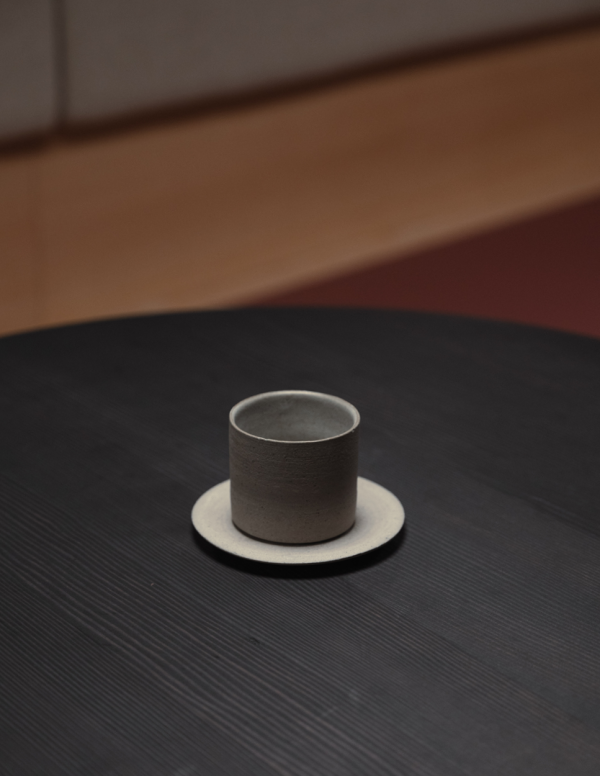Working with found objects from a variety of sources, Discard explores the past and future of the narratives that we weave with our things. Where are they from? What are their stories? What impact do they have? How do they bring us together? And what is the future of these relationships in a postmaterialist world?

Martin Crawford

Graham Wallace
Artist Statement – Graham Wallace
Graham Wallace’s work describes the tension that exists between humans and the environment, in particular, current issues around climate change and plastic pollution. A regular visitor to beaches around the Scottish coastline, he collects and makes use of society’s discarded everyday objects by incorporating them in sculpture, installation and painting.
The recycled plastics used in his work represent a further intervention in the lifetime of those materials giving them new meaning and context, requiring that the viewer engages with them, with their history and their altered form.
The work Graham is exhibiting in Discard conveys negative aspects of the human impact on the earth, compelling the viewer to reflect on their own contribution to the issue of plastic pollution, but at the same time articulating these ideas through a positive aesthetic experience.
Artist Statement – Martin Crawford
“Things do not exist without being full of people.” Heidegger
Martin Crawford’s work draws out abstract narratives from things, materials and places, to remind us of our deeply profound connections to each other and the environment. The creation of these connections often comes from the commonality found in a shared understanding of objects, or a shared experience of human narratives; as well as a powerful sensation that links the viewer to the work. His installations explore the dormant pasts of objects and materials, as well as our possible physical and emotional interactions with them – inviting the viewer to reflect on the nature of how we use or discard objects and materials, and interact with our environment.
The objects tread a fine line between abstraction, storytelling, memory and imagination; creating a space where every imaginable past of object and viewer can exist simultaneously. Through this the viewer can reflect on their own object based identity, and can see that their own story is both unlike any other, and the same as every other.
Working intuitively in selection of objects and materials from a local junkyard, and by using processes such as destruction, remaking, metamorphosis, embellishment and combination; Crawford works in a form of bricolage, building up narrative structures and creating states in which the imagination can deeply connect with the materials and objects. In the junkyard all stories end, and come together to become memories.




